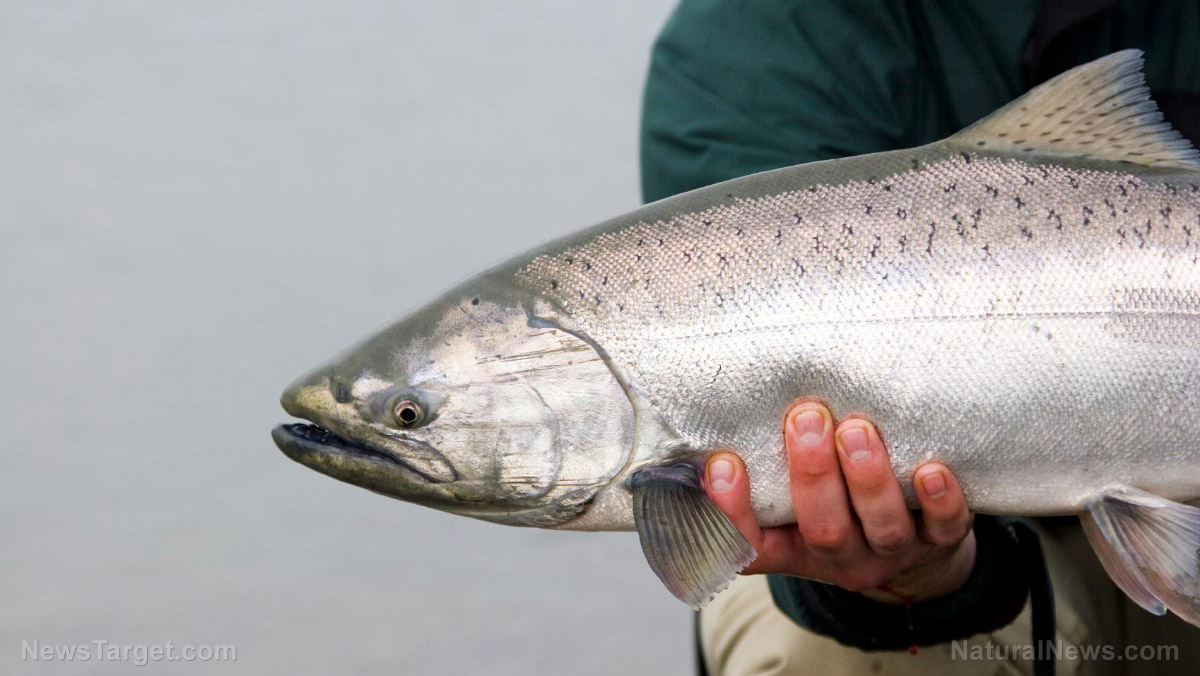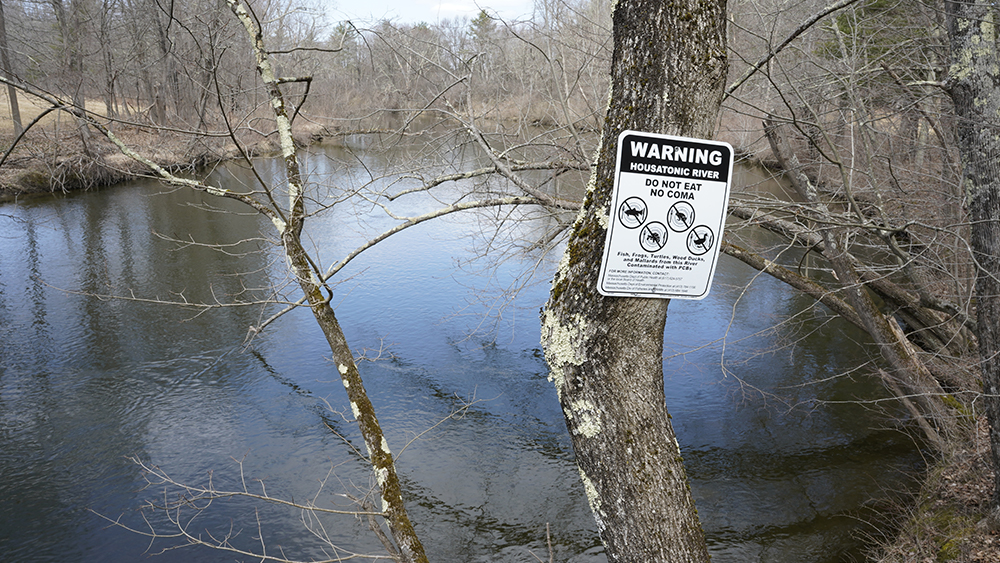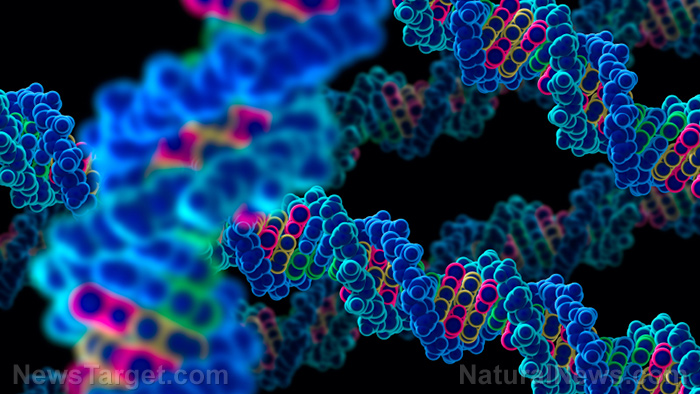Consuming fatty fish free from environmental pollutants can help lower risk of Type 2 diabetes
02/20/2020 / By Michael Alexander

There’s a good reason why oily and fatty fish are considered some of the best foods to add to your diet: they’re not only packed with essential nutrients, they’re also a good source of omega-3 fatty acids, which are considered to be the healthy kind of fats, unlike the artery-clogging saturated fats in most meats and meat products.
Medical research has shown that regular intake of fatty fish such as salmon, mackerel, sardines and trout is linked to an impressive array of health benefits, including a reduced risk of heart disease and diabetes, improved cognitive function, and even protection from cancer, alcohol-related dementia and rheumatoid arthritis.
However, not all fatty or oily fish are the same – those caught from dirty waters may have had their health-giving properties stripped, according to recent research.
Published in The Journal of Nutrition, the study, which was conducted by researchers from Chalmers University of Technology in Sweden, found that environmental pollutants absorbed by the fish have eliminated any protective effects one can get from eating fatty fish.
According to the researchers, they initially conducted their study in order to arrive at a possible explanation as to why earlier papers, which focused on the effect of fish consumption on diabetes risk, often produced contradictory results.
The reason lies in the fishes’ environments.
“We managed to separate the effect of the fish per se on diabetes risk from the effect of various environmental pollutants that are present in fish,” said Lin Shi, a post-doctorate student in Food and Nutrition Science at Chalmers.

Shi added that while initial results showed that fish consumption had no apparent effect on diabetes risk, subsequent screening for effects from environmental pollutants changed their study’s outcome.
“Our study showed that fish consumption as a whole has no effect on diabetes risk. We then screened out the effect of environmental pollutants using a new data analysis method based on machine learning. We were then able to see that fish themselves provide clear protection against type 2 diabetes,” Shi said.
The researchers gathered data from a prospective cohort in Vasterbotten in northern Sweden. The participants had earlier completed questionnaires on their dietary habits and lifestyle and provided blood samples, which were preserved by freezing. These blood samples were then analyzed by the Chalmers researchers.
A total of 421 people developed Type 2 diabetes after an average of seven years, according to the researchers, who compared the results to those of 421 healthy control individuals.
According to Shi, they found that the consumption of fatty fish offered protection against Type 2 diabetes. However, Shi added that their team also saw a link between high consumption of fatty fish and high levels of environmental pollutants in the blood.
Among the environmental pollutants measured in the study were persistent organic pollutants (POPs), such as dioxins, DDT and PCB, which have been linked to increased risk of Type 2 diabetes. According to the researchers, the varying effects of fish intake on diabetes risk in different studies can, therefore, be due to varying levels of consumption of fish caught in polluted areas.
Based on data provided by the Swedish National Food Agency or Livsmedelsverket, Swedes typically get exposed to dioxins and PCBs through food, as these compounds are fat-soluble and are primarily found in fatty animal-based foods such as fish, meat and dairy products. In Sweden, high levels of the toxins are found in fatty fish such as herring and wild salmon from the Baltic Sea, the Gulf of Bothnia and the lakes Vanern and Vattern. (Related: Eating salmon can lower your risk of cardiovascular disease, but which kind should you buy?)
As detailed in The Journal of Nutrition article, the Chalmers researchers used a combination of methods to complete their research, unlike previous studies that relied entirely on questionnaires.
The Chalmers researchers employed a technique known as mass spectrometry-based metabolomics, which they used as a complement to questionnaires on their participants’ dietary habits.
“Using a technique known as mass spectrometry-based metabolomics, we identified around 30 biomarkers in blood samples, i.e. specific molecules that could be used to objectively measure how much fish the study participants had consumed,” Shi said.
Rikard Landberg, Professor of Food and Nutrition Science at Chalmers, said the new method, metabolomics, can be a boon for future researchers, as it can prove instrumental when it comes to recognizing which dietary factors are the actual causes of different types of health effects.
“This is very important as otherwise, it is difficult to determine whether it is diet, environmental pollutants or both that affect the risks of disease,” Landberg said.
Sources include:
Submit a correction >>
Tagged Under:
This article may contain statements that reflect the opinion of the author















